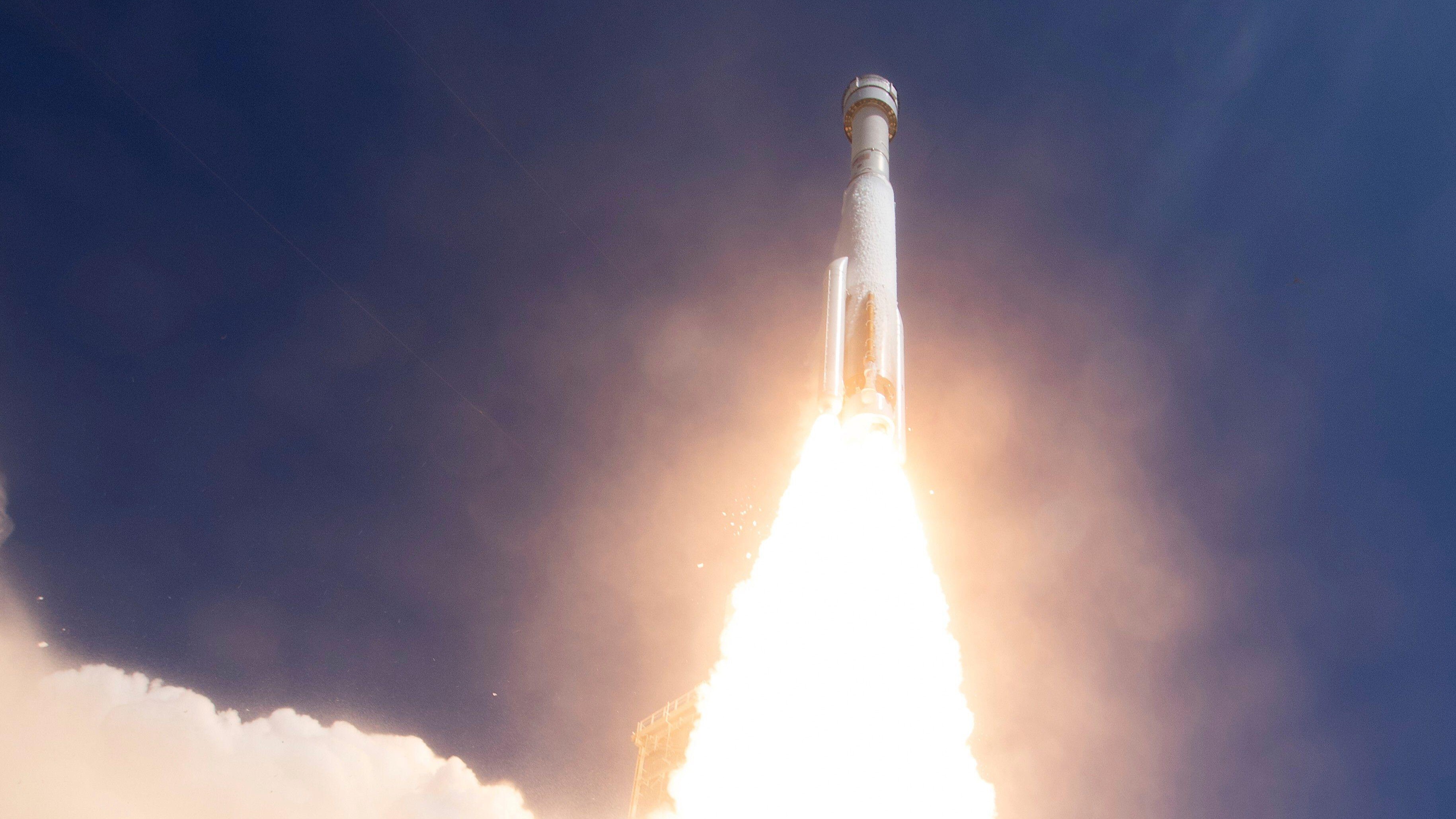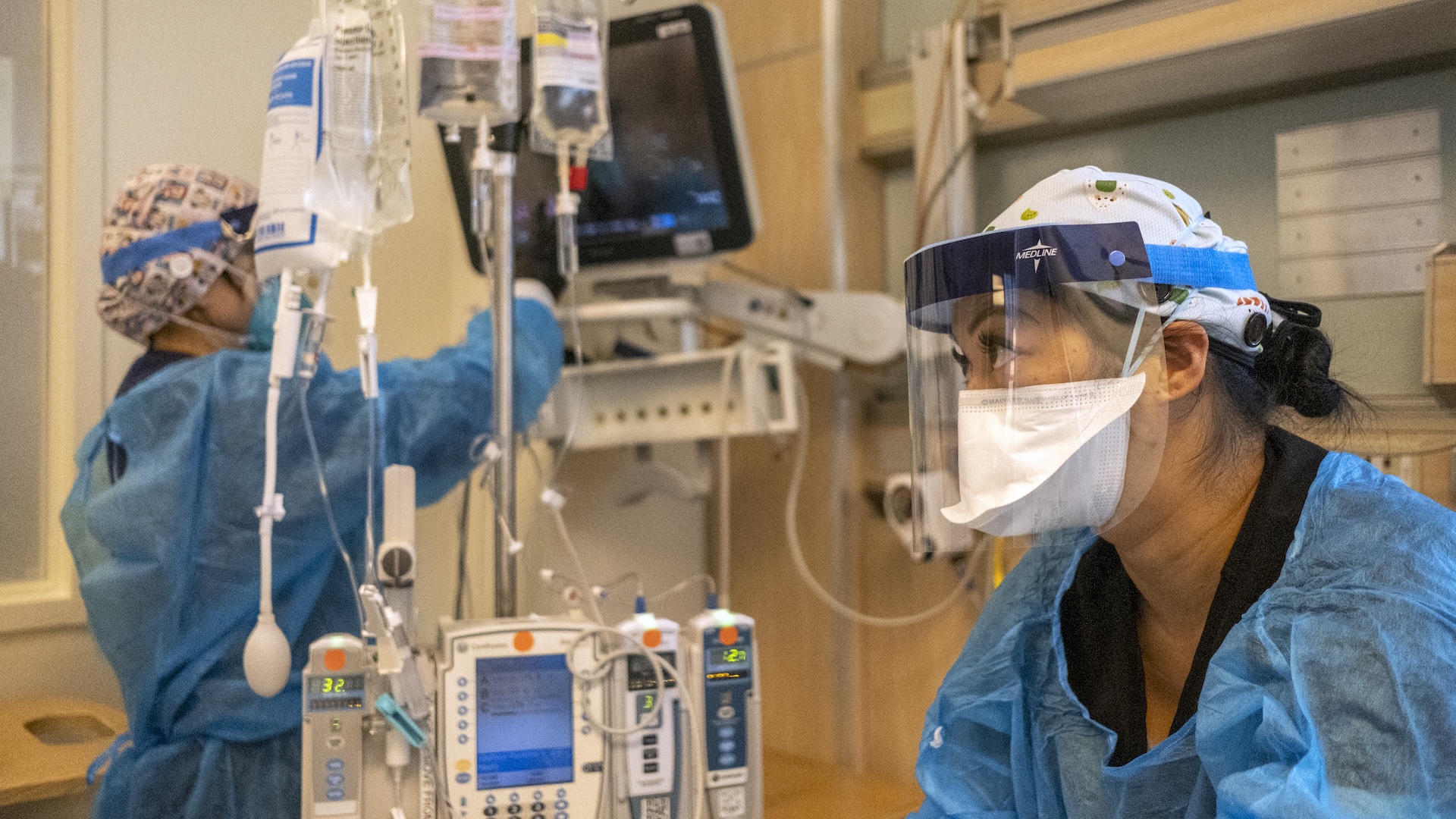2 new helium leaks discovered on Boeing's Starliner — forcing NASA astronauts to skip sleep to fix them
Two helium leaks appeared on the spacecraft en route to the International Space Station, in addition to a leak engineers knew about prior to launch. The crew are not thought to be in any danger.

Boeing's Starliner has sprung two additional leaks en route to the International Space Station (ISS), forcing the two astronauts on board to close them manually, according to NASA.
After years of delays, Boeing's Starliner capsule successfully blasted off on its inaugural crewed flight from Florida's Cape Canaveral Space Force Station at 10:52 a.m. EDT yesterday (June 5). Following a 25-hour flight, the two-person crew are set to join a team of astronauts on the ISS later today (June 6).
But a handful of hours into the journey, just as NASA astronauts Barry Wilmore and Sunita Williams were preparing to go to sleep for the night, two helium leaks appeared on the spacecraft. This is in addition to a third leak that engineers discovered prior to launch.
The astronauts were given instructions on how to fix the new leaks, and were required to close valves manually to stop the helium from escaping.
"Teams have identified three helium leaks on the spacecraft. One of these was previously discussed before flight along with a management plan," NASA wrote on X late on Wednesday . "The other two are new since the spacecraft arrived on orbit. Two of the affected helium valves have been closed and the spacecraft remains stable."
Related: China's secret space plane has released another unknown object over Earth
Fixing the faults cut into an hour of the crew's nine-hour bedtime. But following the fixes, Boeing and NASA determined the crew were safe and told them to sleep while the situation was monitored.
Get the world’s most fascinating discoveries delivered straight to your inbox.
"Helium is used in spacecraft thruster systems to allow the thrusters to fire and is not combustible or toxic," Boeing noted during a previous helium leak.
The effect of the leaks remains unclear. Nonetheless, Starliner remains on course and is expected to dock with the ISS today.
Boeing developed the Starliner capsule as a part of NASA's Commercial Crew Program, a partnership between the agency and private companies to ferry astronauts into low Earth orbit following the retirement of NASA's space shuttles in 2011. SpaceX's Crew Dragon also came from this initiative and has racked up 12 crewed flights since it began operating in 2020.
But Boeing's capsule has lagged significantly behind. Starliner's first uncrewed test flight in 2019 was scuppered by a software fault that placed it in the wrong orbit, and a second attempt was held back by issues with a fuel valve. After more reviews last year, the company had to fix issues with the capsule's parachutes and remove around a mile (1.6 kilometers) of tape that was found to be flammable.
The current launch is Boeing's third attempt to take the crew to the ISS. The previous two were scrubbed by a vibrating oxygen valve on the United Launch Alliance's Atlas V rocket on which Starliner is mounted (and which was developed by Lockheed Martin) and a computer glitch in a ground launch sequencer, respectively.

Ben Turner is a U.K. based writer and editor at Live Science. He covers physics and astronomy, tech and climate change. He graduated from University College London with a degree in particle physics before training as a journalist. When he's not writing, Ben enjoys reading literature, playing the guitar and embarrassing himself with chess.
